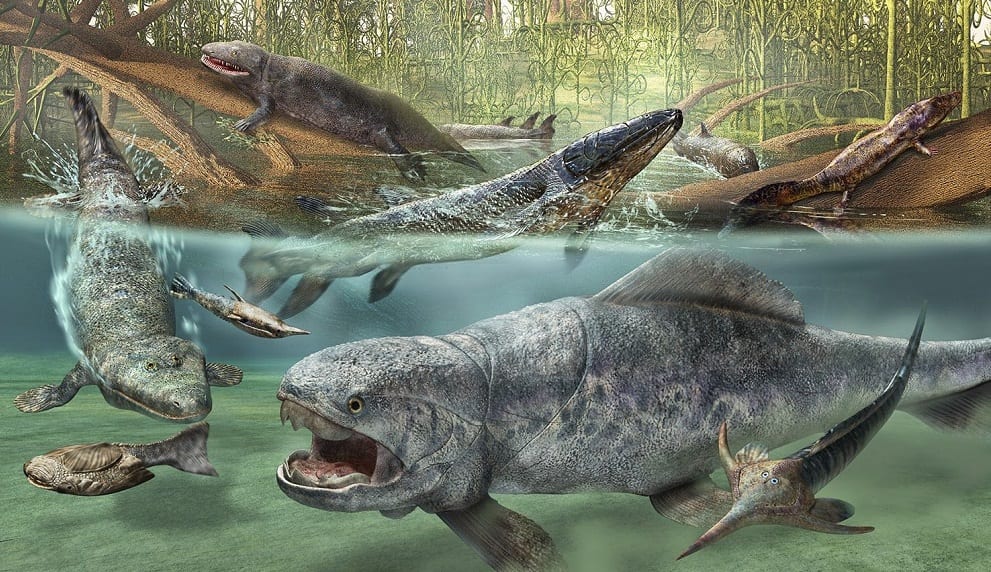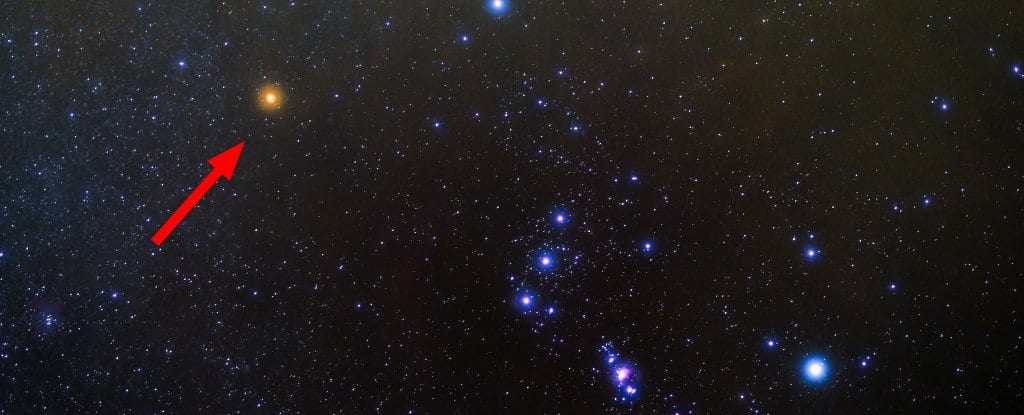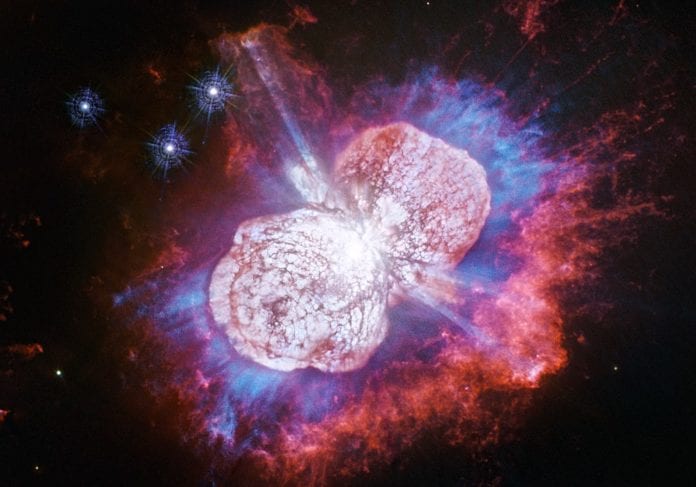A Supernova is a fascinating phenomenon which is all too common in this Universe. The violent and spectacular deaths of stars when they finally run out of Hydrogen is a sight to behold. Our Sun will meet the same end one day, but that day is quite a while away. However, these cosmic explosions hold more importance than just its aesthetic value. Astronomers have observed many supernovae ejecting large amounts of material into outer space. This material, known as stardust, is what we are made of. So, it is highly likely that everything in our bodies was forged inside a star and then ejected when it became a supernova.

Earth has seen many mass extinctions in the past, one of the most famous being the extinction of animals at the end of the Devonian Period, nearly 360 million years ago. 75% of all the species on the planet were wiped out. A new study suggests that this mass extinction may have been triggered by a Supernova situated very far from our planet. Rocks from that period have spores that indicate an excess exposure to UV radiation, and this suggests that the Ozone layer was not functioning as it was supposed to.
The evidence that suggests that a large volcano and Global warming caused the degradation of the Ozone layer is not conclusive enough for the time period. To explain one of the worst extinction events in Earth’s history, researchers had to look 65 light-years away. They propose that one or more supernova explosions might have caused the Ozone layer to degrade. The kill distance of supernova is 25 light-years, this might be good news because the nearest supernova today is Betelgeuse, which is about 600 light-years away. However, the output of the supernova in question could have been very powerful.

The supernova in question could have hit Earth with a very powerful wave of UV and X-Ray radiation when it exploded. The first wave would have constituted X-ray and Gamma radiation, and the second wave would’ve consisted of charged particles, also known as cosmic rays. This double punch could have easily damaged the planet’s Ozone layer for 100,000 years or so. The observed decline in the diversity of animals on the planet at the end of the Devonian period is also known as the “Age of the Fishes.” This seemingly unbelievable theory is entirely possible and may very well have caused the extinction of most land animals.
The only way to confirm this theory is to look for certain isotopes that are not found on Earth; if found, they would confirm that such waves of charged particles did arrive on this planet some time ago. However, much more detailed analysis is required to come to any solid conclusions.
Further Reading:


